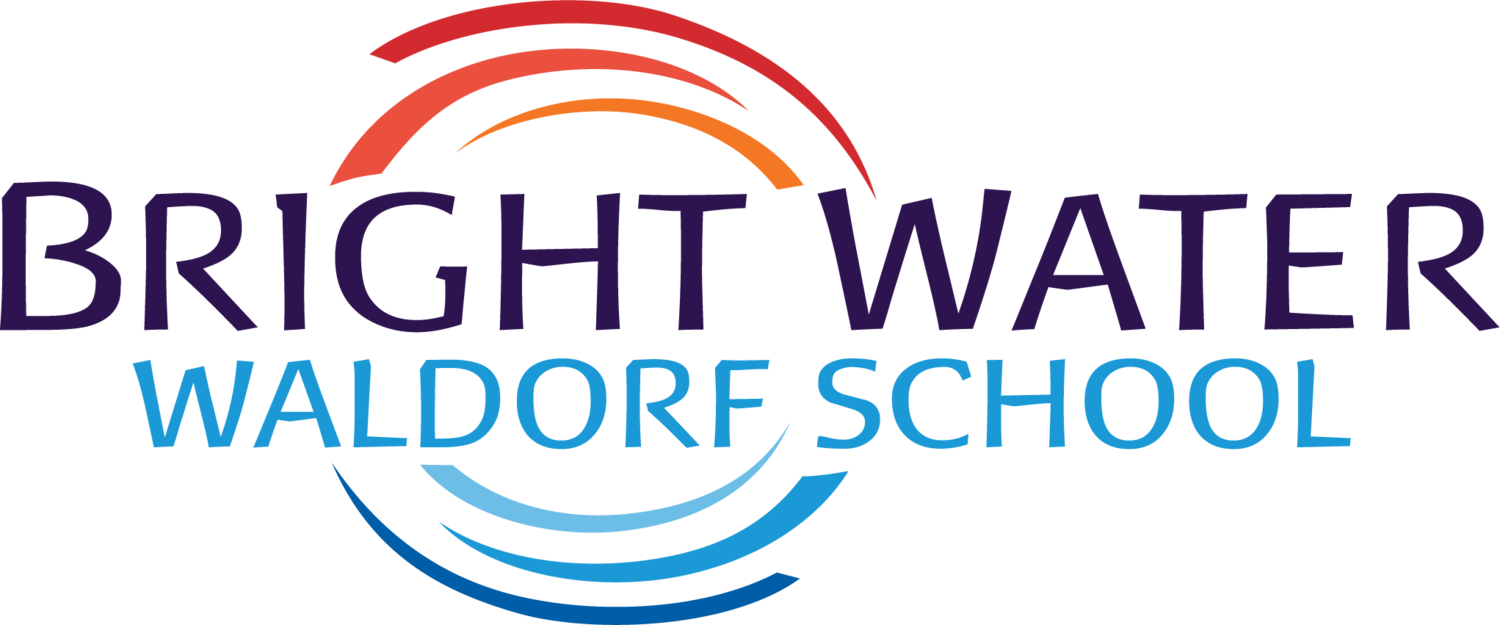Here in our new home in the Japanese Cultural and Community Center we have chosen to teach Aikido as a way to connect with the cultural heritage of our surroundings.
Aikido, widely known as the non violent martial art provides students with opportunities to learn about vigorous interactions with each other and physical competence through movement.
The practice of falling and rolling is important and integral for the formation of self protection and spatial awareness. Learning to roll, fall and recover from errors and failure are part of the skills needed in navigating life. The interpersonal connection dynamics between students on the mat allows for the development of conflict resolution skills, self-protection, and self knowledge. Bright Water Waldorf School is proud to be able to offer Aikido for Grades 1-8 as a primary movement class in the J's dojo's.
“Aikido is essential to teaching non-violence, social justice, and cooperation. It shows us how to work together through difficult times and tense situations, fostering support and care within our communities.”















